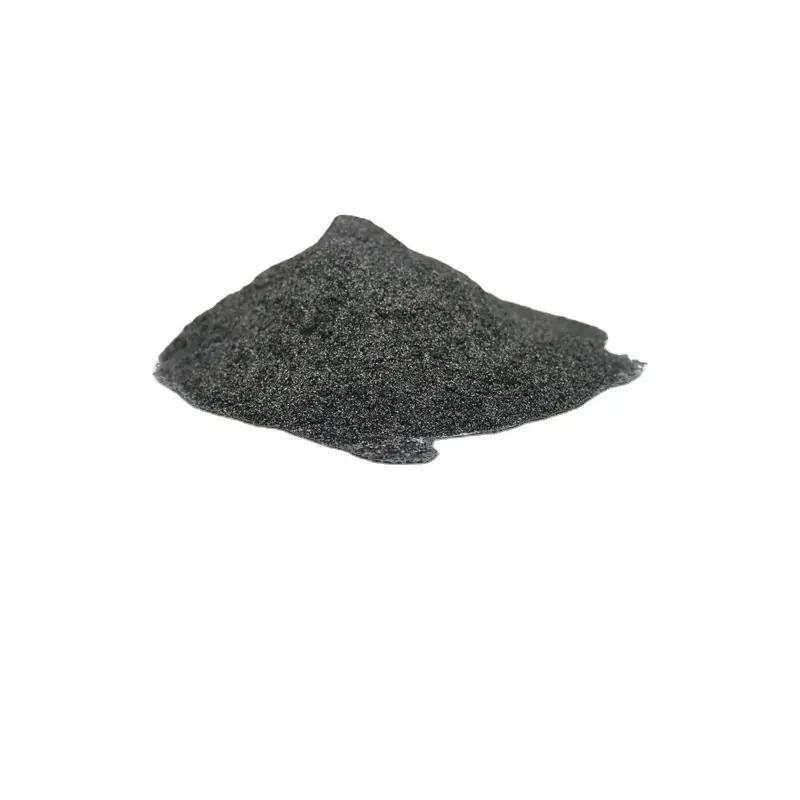In the manufacturing and materials processing industries, Graphite Dust is a common byproduct, especially during machining, cutting, and grinding of graphite electrodes and blocks. While it is often seen as a nuisance, understanding the properties, risks, and potential benefits of graphite dust can help businesses leverage it effectively while ensuring a safe working environment.
What is Graphite Dust?
Graphite Dust consists of fine particles generated during the processing of graphite materials. These particles are lightweight, electrically conductive, and resistant to high temperatures, making graphite dust unique compared to other industrial dusts.
Industries that frequently generate graphite dust include steel manufacturing, battery production, and industries using EDM (Electrical Discharge Machining) processes with graphite electrodes.
Potential Uses of Graphite Dust
✅ Lubrication: Due to its natural lubricating properties, graphite dust can be collected and repurposed in applications requiring dry lubrication, such as in the production of lubricating greases or coatings for high-temperature environments.
✅ Conductive Additives: The conductive properties of graphite dust make it suitable as a filler in conductive paints, adhesives, and coatings.
✅ Recycling: Graphite dust can be recycled to produce new graphite products, reducing waste and contributing to circular economy initiatives in manufacturing.
Risks and Safe Handling of Graphite Dust
While graphite dust has useful properties, it also poses several workplace hazards if not managed correctly:
Respiratory Risks: Inhalation of fine graphite dust can irritate the respiratory system and, with prolonged exposure, may lead to lung discomfort.
Combustibility: Fine graphite dust in the air can become a combustion hazard under specific conditions, particularly in confined spaces with high concentrations.
Equipment Contamination: Graphite dust can accumulate in machinery, leading to electrical short circuits or mechanical wear if not cleaned regularly.
Safe Handling Tips
✅ Use local exhaust ventilation systems at machining points to capture graphite dust at the source.
✅ Workers should wear appropriate PPE, including masks and protective clothing, to prevent skin and respiratory exposure.
✅ Regular maintenance and cleaning of machinery and workspaces are essential to prevent dust buildup.
✅ Store graphite dust safely in sealed containers if it is to be reused or disposed of to avoid accidental dispersion.
Conclusion
Graphite Dust should not merely be viewed as an industrial byproduct to discard but as a material with potential value when handled responsibly.
Post time: Jul-08-2025
